This story is part of Next Generation, a series in which we give young makers a platform to showcase their work. Would you like to see your work here? Get in touch and plot your coordinates as we navigate our future together.
Consider this, human-caused noise has consequences for (metropolitan) animals, entire ecosystems and even people. It reduces the ability to hear natural sounds, which can mean the difference between life and death for many animals, and degrade the calming effect that we feel when we spend time in 'wild' places.
Then what about animals? How do metropolitan animals (think cats and dogs) deal with the natural sounds of urban areas?
Artist Sheng-Wen Lo’s (Taiwan, 1987) latest project Extendable Ears shows how, for a month, Lo continuously exposed himself to ultrasound waves in order to investigate the subjectivity of sound experience. He did so by augmenting his ears with a portable device that allowed him to hear ultrasonic waves as most pets hear. We caught up with the artist to hear more about his findings.
Where does this fascination —being able to hear like animals do— come from?
Most of my projects are about the relationships between human and non-human animals; the projects often originate from daily experiences. When I lived with other people, I found noise to be quite subjective; what's noise to me can sound like music to others. This led me to think that ‘noise’ could also be species-dependent, since hearing ranges differ by species.
Yet in reality, we often deal with ‘noise’ human centrically – for example, how on product info, manufacturers label the audible (to human) noise decibels, and police measure the audible noise when someone files a noise complaint. However, the sound frequency at which a human can hear is rather limited, but that does not prevent us from producing these sounds.
This led me to wonder, am I producing these sounds unknowingly, which may disturb other species, or am I living in ultra/infra sound-rich societies?
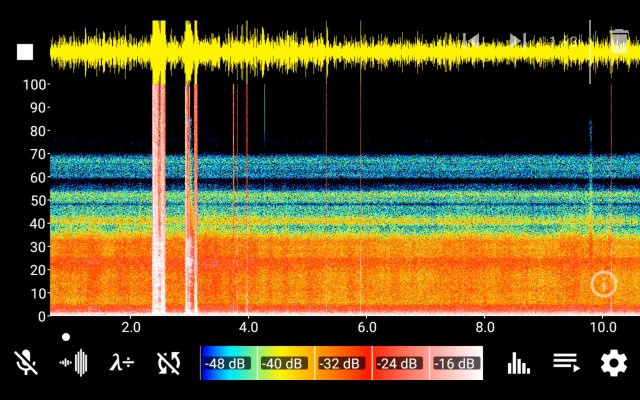
Did this experience bring you closer to nature? Was this even a goal?
I experimented with my device in my familiar surroundings in The Netherlands and Taiwan, which brought me to both urban and natural places. Though the project may not always brought me closer to nature, it was, to me, a first attempt to step into another species' shoe.
Of course, it is impossible for a human to successfully ‘feel’ the experience of another species, but trying to do so nonetheless allowed me to process my surroundings in a fresh view. Since I often didn’t care about what I couldn’t see or hear, the project was more about discovering what would happen once I confronted this negligence.
Did you consult with veterinarians and other animal experts leading up/during the experience?
Yes, I have many conversations with my vet friend during my projects, to gain insights and perhaps experiences from her perspective. In this case, however, the potentially negative effects of ultrasound noise on animals were surprisingly not well studied in science. Only a handful of papers directly related to this topic, and most of them were published decades ago.
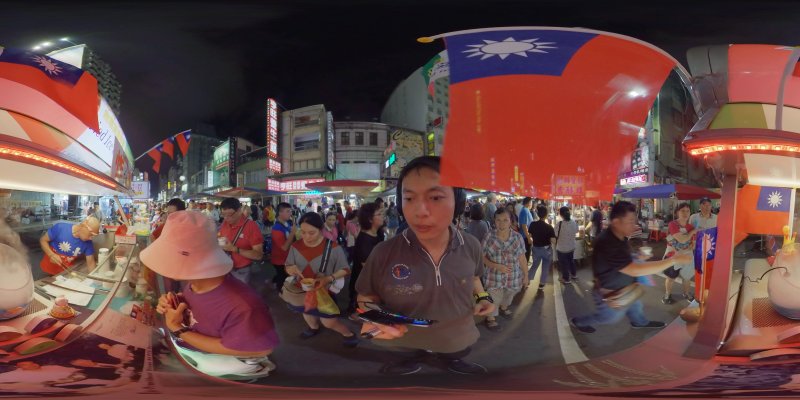
What was the sound that occurred the most, which was at first disturbing but you got used to in the long run?
Common activities such as turning on a tap may produce a significant amount of ultrasound. So during the experiment I developed a habit of turning my head away from taps whenever I use them. I don’t think I have gotten used to annoying sounds, it had just changed my behavior for the experiment period . I also noticed that I became more sensitive to (audible) noise after the experiment.
Which form of daily technology in your surroundings provided the most disturbing ultrasound waves? How to limit these sounds?
Vacuum cleaners, hair dryers and some fluorescent lights emit quite a bit of ultrasound noise, so do many things on the streets, such as sweeper trucks. In addition, nearly every power tool in a dental clinic produces a significant amount of sound.
I think a possible way to limit these sounds starts from manufacturing — measuring the noise in a broader spectrum while manufacturing, and at least placing warning signs on products in case they would emit a significant amount of inaudible noise, given that they are likely to be used in other animal’s proximity.
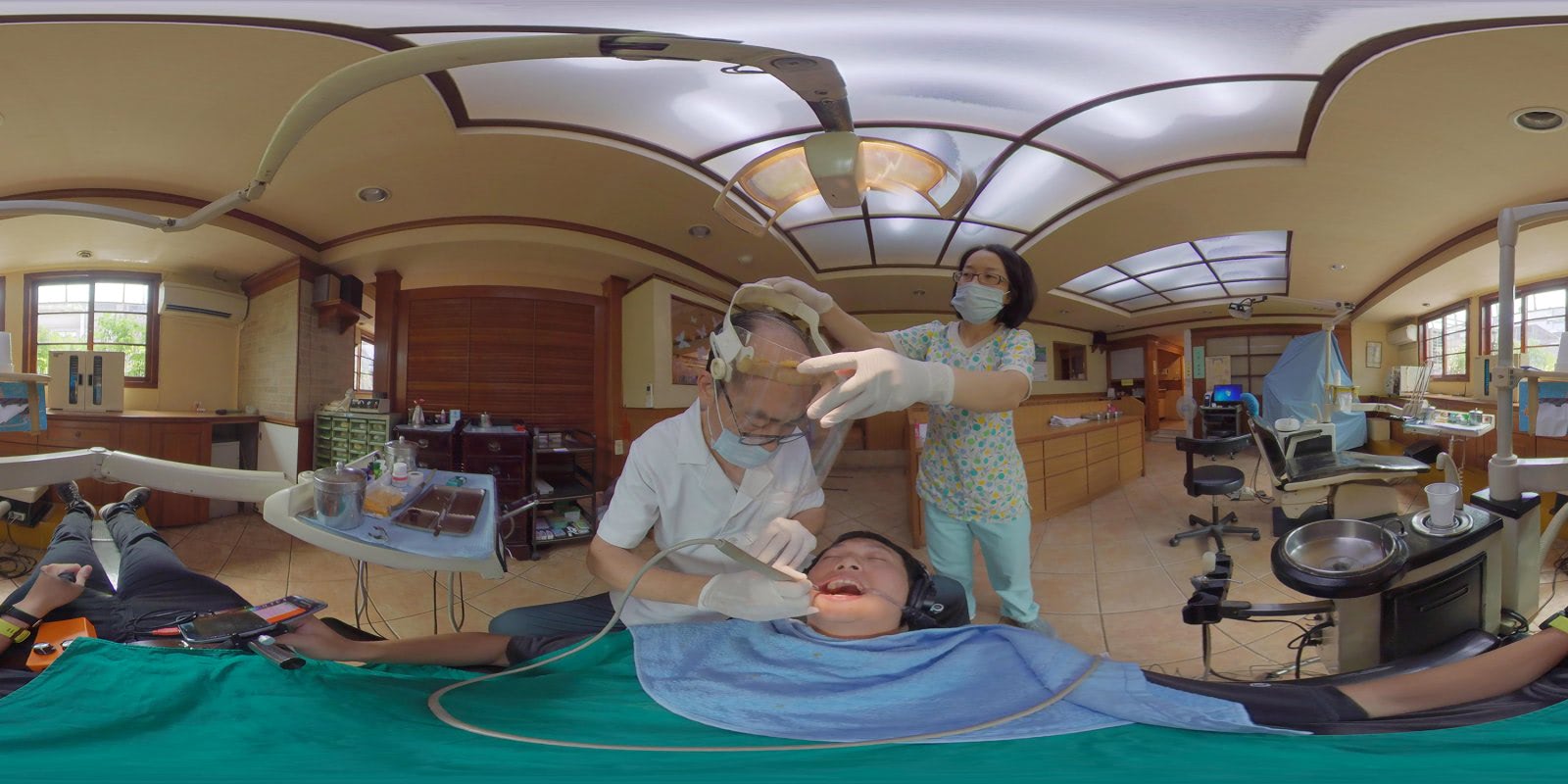
The Extendable Ears project focuses on the sense of hearing; did this experience impacted other senses as well?
I don’t think having this extra range of hearing have affected my other senses such as sight or smell. But it has been stressful. This has led to not only having a bad mood, but possibly also experiencing physical sickness. It's possible that noise-induced stress has weakened my immune system, since I was infected in respiratory system during my time in Taiwan (which does not happen to me often).
Tell us about the dream diaries you kept during the experiment. What was the most confusing/strange/crazy dream you have had?
I cannot prove that the dreams were directly connected to me wearing this device, but perhaps a way to peek into my mental state. When I began to test the device, I found myself waking up in the middle of the night, laughing out really loud, or dreaming in 3D or 2D animations. These dreams had not occured to me in the past.
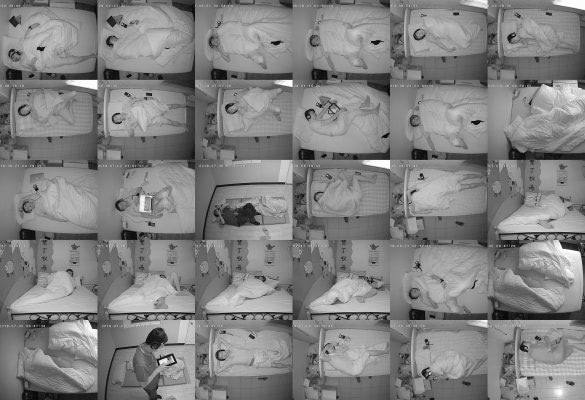
Can we experience the extendable ears device ourselves during the exhibition?
The device will not be available for the audience to wear during the exhibition, since the project is not about the device, nor the transformed sound. Hearing the transformed sound is not what an animal would experience, and could therefore be misleading.
The project is, after all, more about confronting negligence. By turning myself into a lab rat, it attempts to emphasize on the fundamental differences between human and non-human animals, and think about the consequences of neglecting such differences.
What? 360º photo and video documentation of a month-long experiment of hearing ultrasound waves like animals do.
When? Now, until 5 April 2020
Where? FOAM, Amsterdam
All images © Sheng-Wen Lo
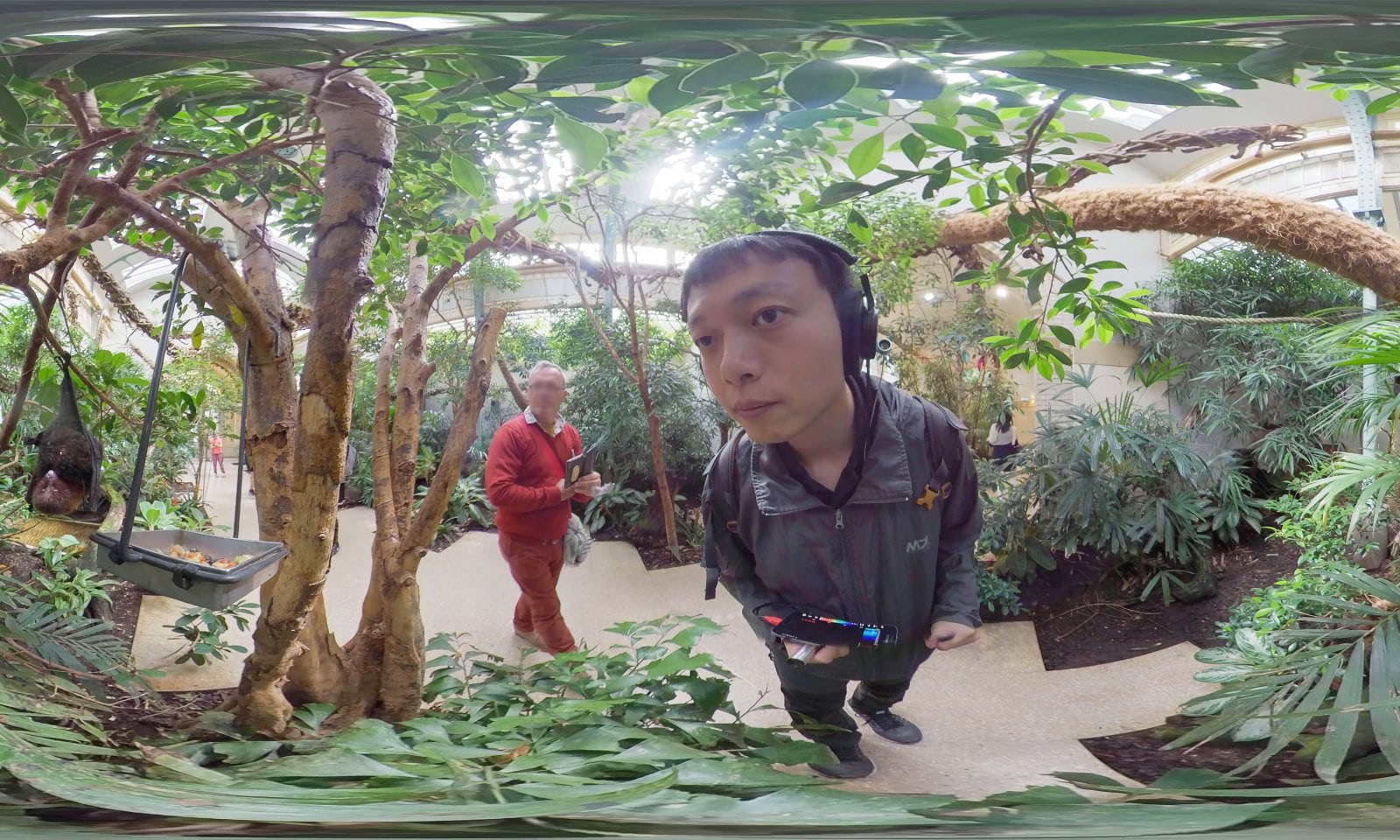
Share your thoughts and join the technology debate!
Be the first to comment